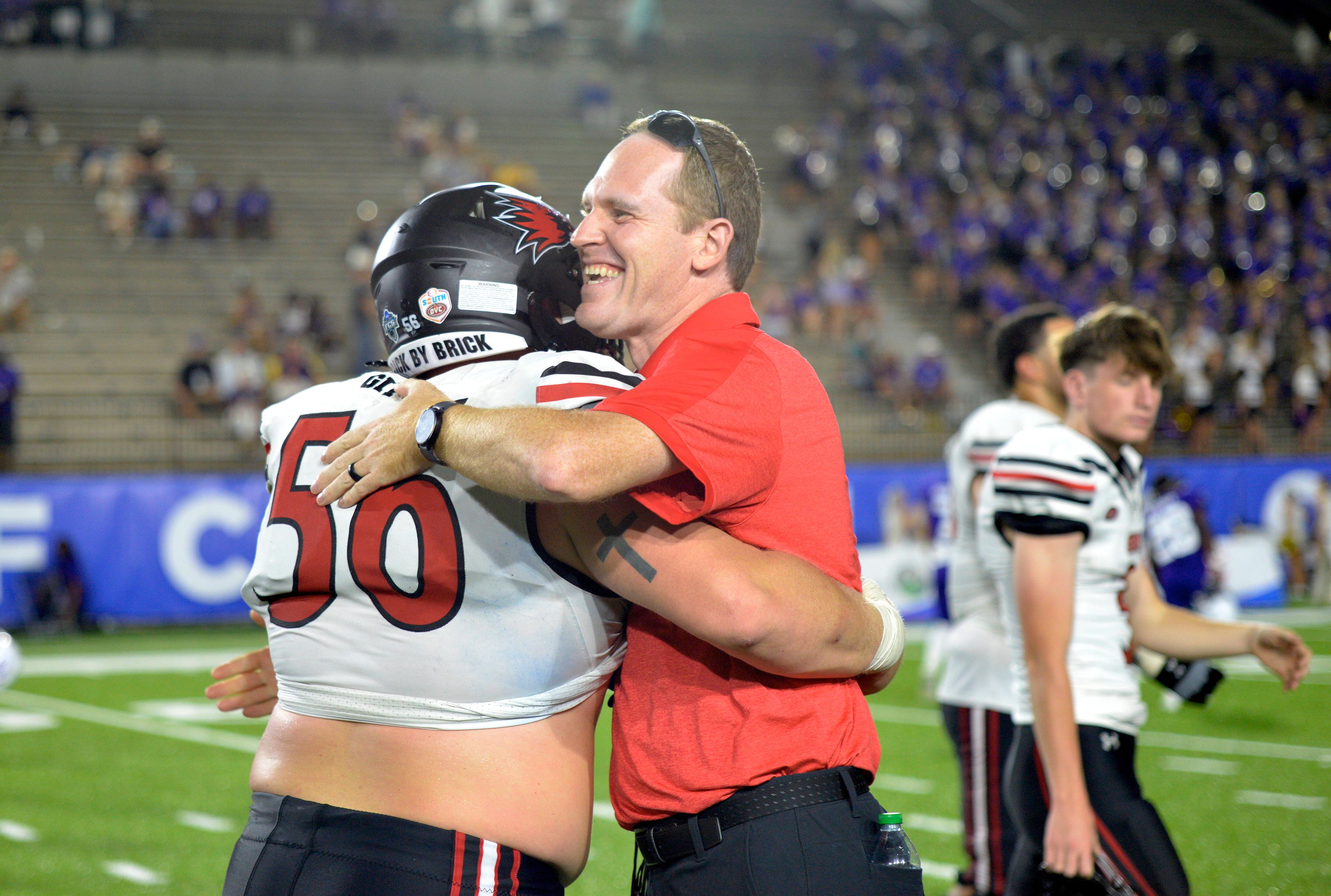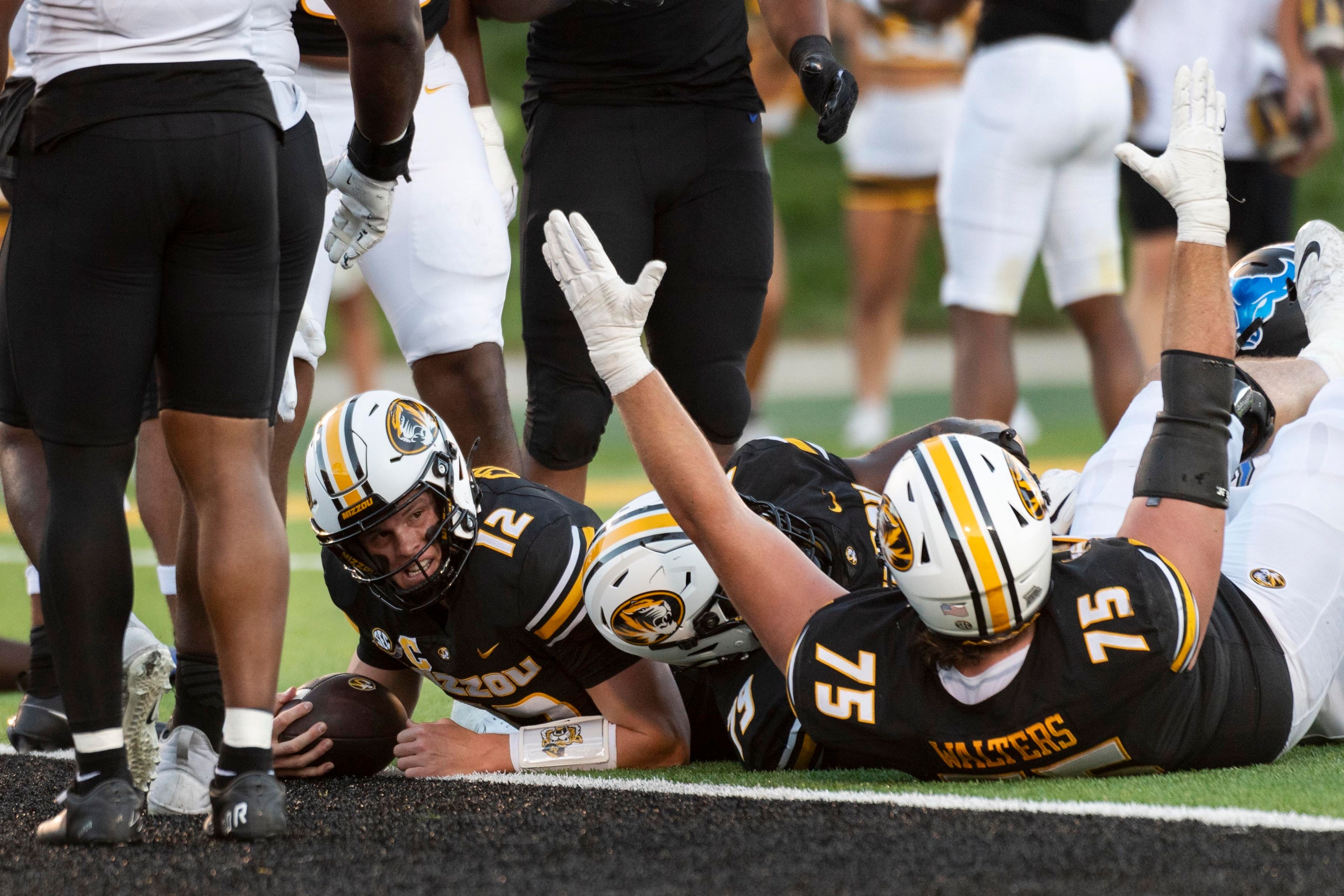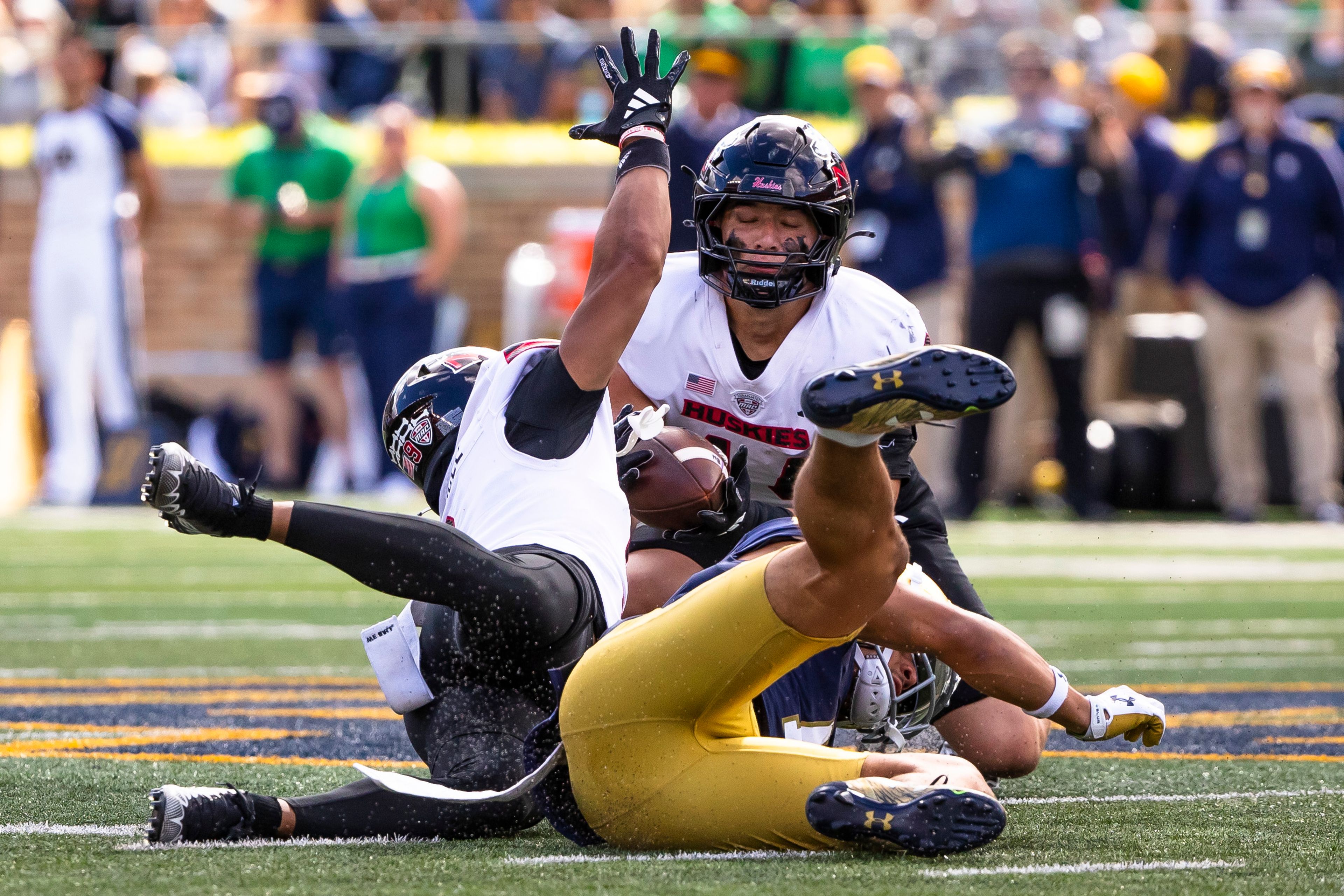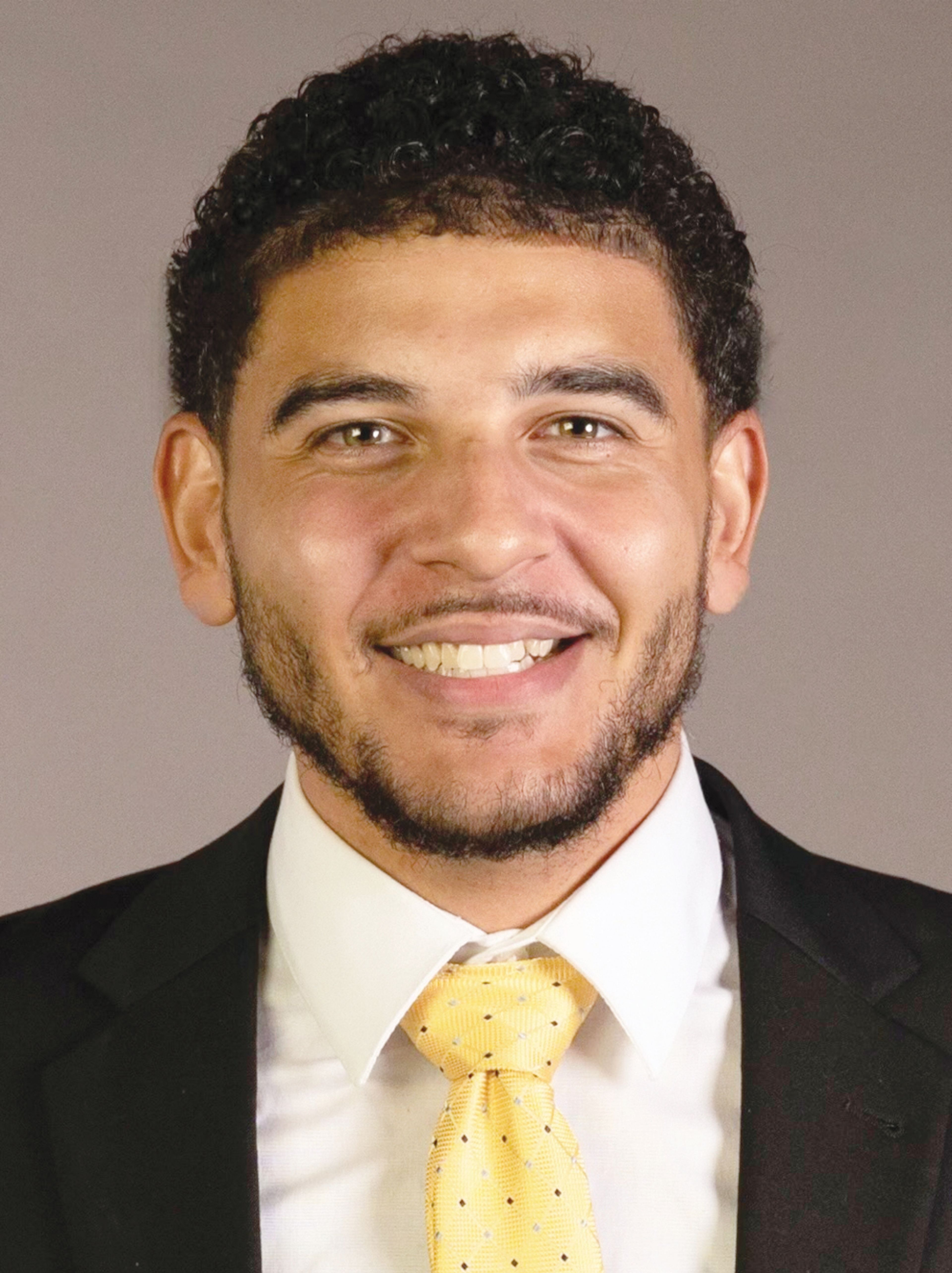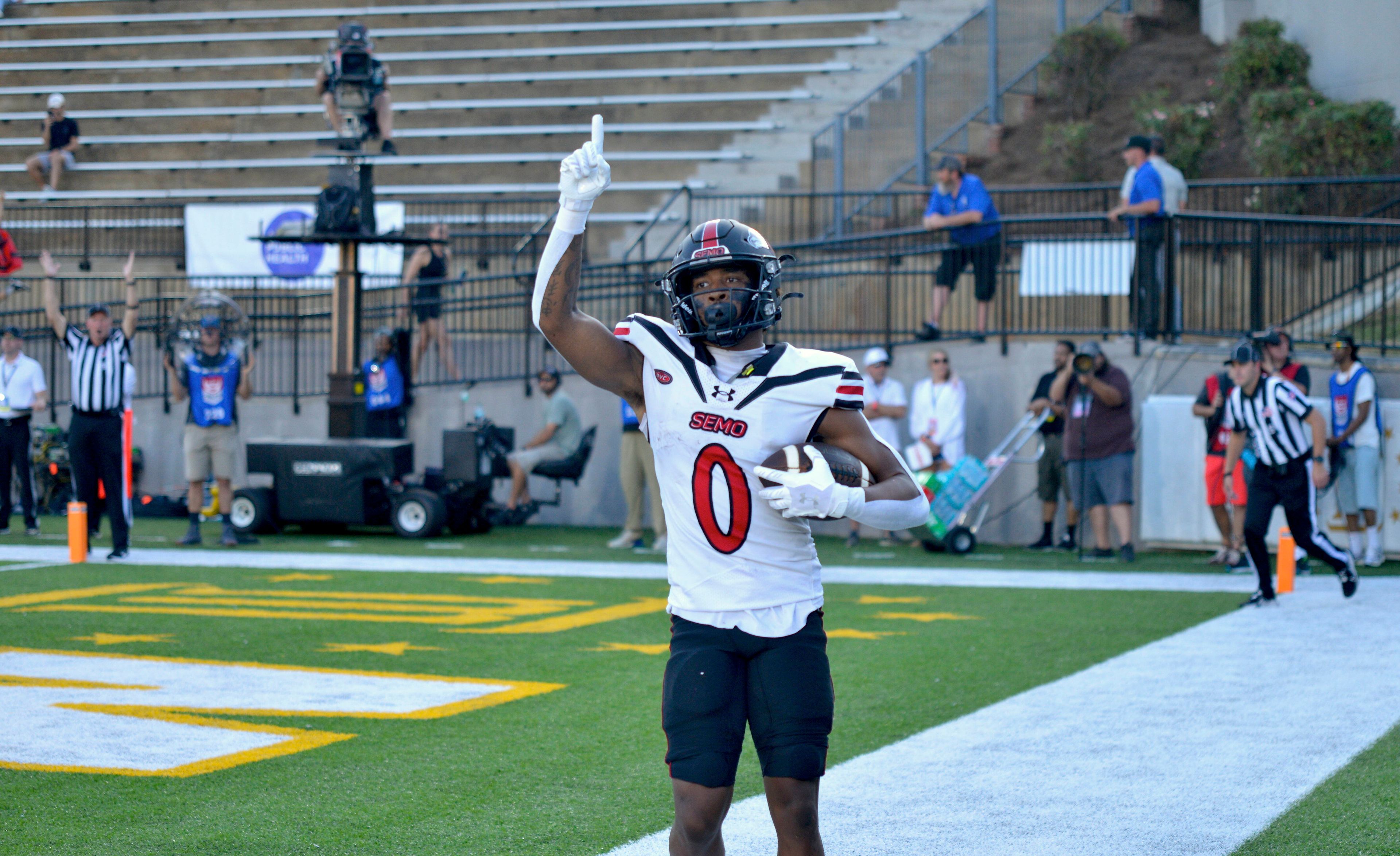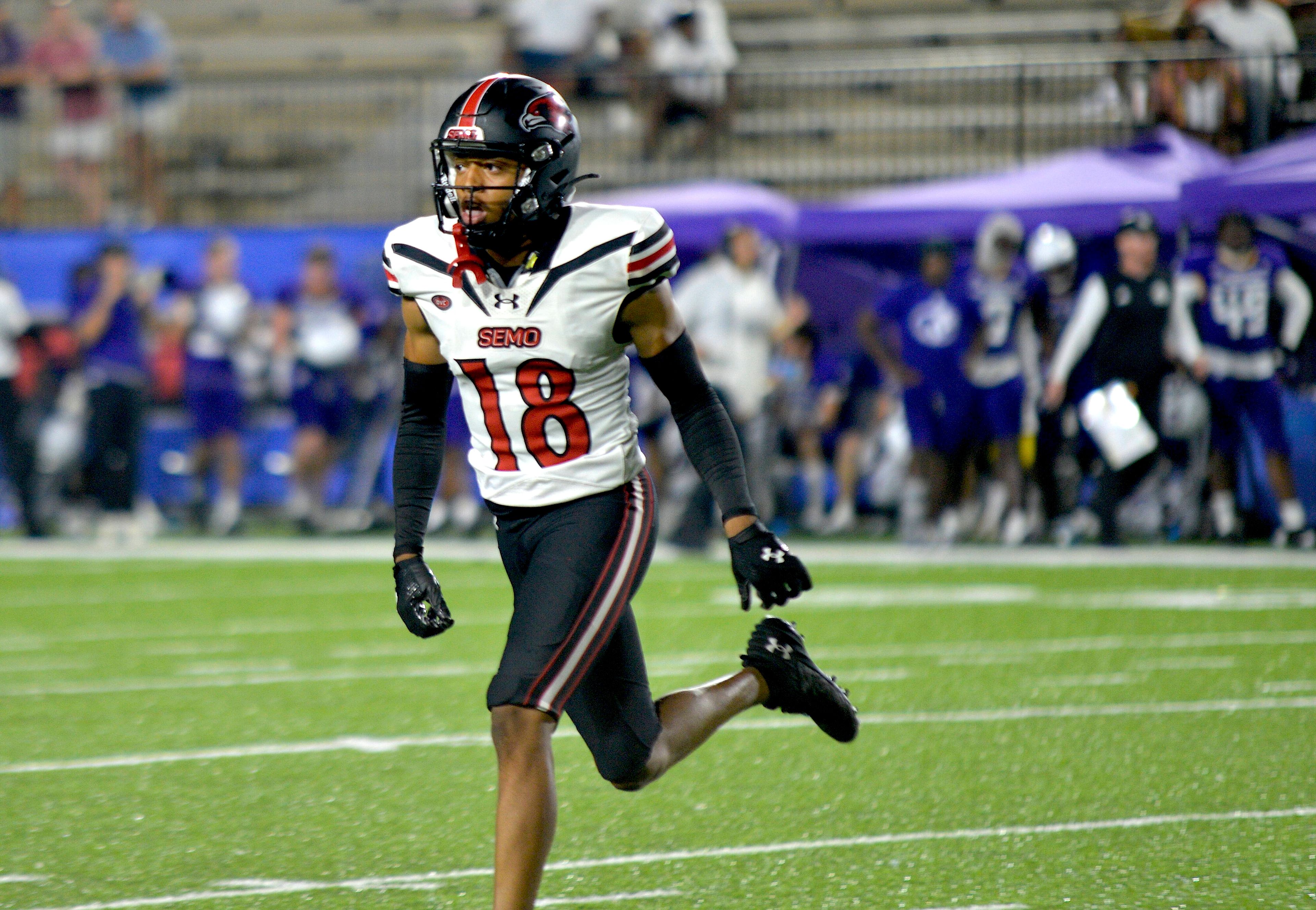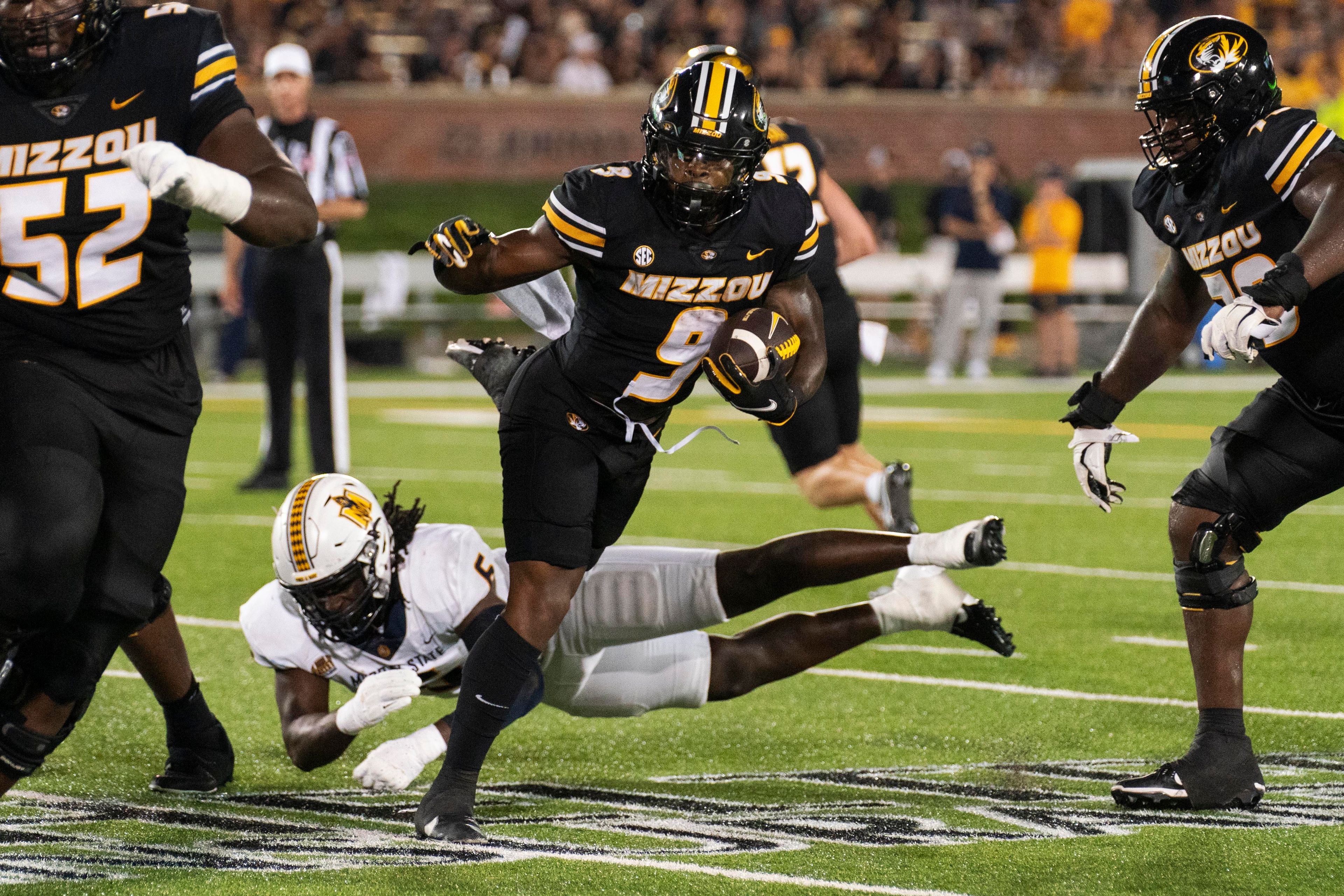It's a long-standing tradition in college football.
Really all college sports, but football especially.
The big power conference programs fit their preseason into their regular season by paying smaller schools from the lower FBS conferences or even the FCS, a lower subdivision of Division I football, to come to their stadium and get sacrificed at the altar of the Big House in front of thousands of fans.
While college football fans lament the lopsided matchups, those games are useful to the big schools and financially vital to the small schools.
"We rely quite a bit on those types of games to be able to help us financially be able to meet our budget needs," SEMO athletic director Brady Barke said.
Southeast Missouri State traveled to Las Cruces, NM, and was narrowly defeated by New Mexico State 23-16 on Aug. 31. That road game against what was supposed to be an overwhelming opponent, netted the Redhawks a $385,000 payday from the Aggies.
"Those are operational dollars for us," Barke said. "The expenses associated with that trip, it helps us be able to pay to make that trip, but beyond that, it's really general athletic department operational revenues. That helps support our budget the same way our basketball games do.
"Ultimately, we try to allow the expenses associated with playing those games to be covered, and the excess helps with the overall budgeting needs."
SEMO previously played at Missouri (2021), Iowa State (2022), and Kansas State (2023), and gets paid a range of $325,000-$650,000 per game, according to Barke. The Redhawks are scheduled to go to Arkansas State next year, Iowa State in 2026, Missouri in 2028 and 2030, and Ole Miss in 2029. The Power Four programs tend to pay close to the $650,000 range.
"It really depends on the opponent, the need, the year," Barke said. "We schedule those games quite a bit in advance and the market dictates a lot of those opportunities, but they are important to us. It gives us an opportunity to not only competitively showcase our programs but financially, to be able to ensure that we can break the way we need to as a Division I athletic program."
Missouri and Ole Miss are each a 3-4 hour drive from Cape Girardeau. SEMO has a blank slate in 2027 and is likely looking to fill it with a nearby premier opponent or fill a need for an FBS team looking to fill their schedule.
"Occasionally you can find a year where somebody just needs a game and they're a little more desperate and they're able to pay a little bit more and obviously travel and what the logistics of being able to play that game are dictate what our bottom line ends up being," Barke said.
Week 1 has seen its fair share of close calls between FCS and FBS teams. Texas Tech went to overtime against Abilene Christian and narrowly won. No. 7 Oregon dropped from No. 3 because the Ducks only defeated Idaho by 10 points. Montana State defeated New Mexico in Week 0 for the first and currently only FCS upset of the season.
Colorado tempted fate by scheduling FCS powerhouse North Dakota State and narrowly won. While they are no threat to the upper tier programs, the more competitive these teams get, the narrower their market for monitory matchups gets.
"If people are going to pay to have you play them, they want to make sure that they're going to win at the end of the day as well," Barke said. "We certainly have had some who have declined opportunities, even though the dates work, because it just wasn't the right business decision for them to pay to play us. They felt like there was maybe another opponent that was better suited for them."
As the Big 12, Big Ten, and SEC continue to grow in size and power, there have been recent talks and vocal desires for the big conferences to join together, break off from the NCAA, and form their own super league. While that may satisfy the television networks — whose money in rights fees could be seen as the sole reason behind conference realignment — FBS teams leaving FCS teams off the schedule would have a profound impact on the lower subdivision.
"It would have a financial impact first and foremost," Barke said. "That's a significant amount of revenue that we wouldn't then have the opportunity to be able to earn.
"I think the landscape of college athletics is changing so much that there would be a lot of variables if the scheduling and who teams played and all that changed," he added. "I really think that in the next probably six to 12 months, we're going to have answers to some of these kinds of questions about what scheduling looks like moving forward, what championships look like, how schools prioritize scholarshipping. Because I think we're getting ready to see a lot of changes take effect for the 2025 academic year and those are the questions that I wrestle with every day and try to be able to contingency plan for what happens."

